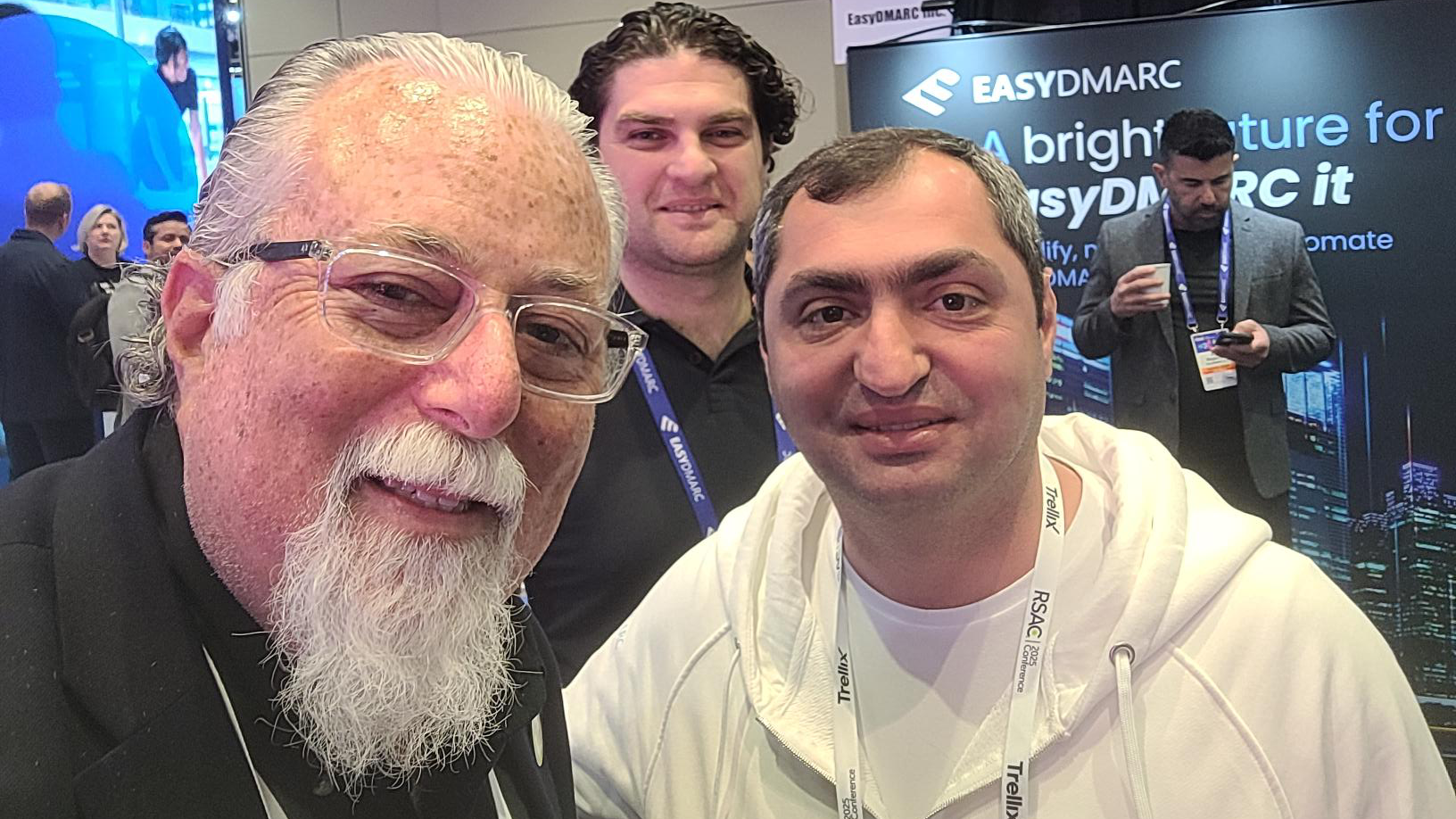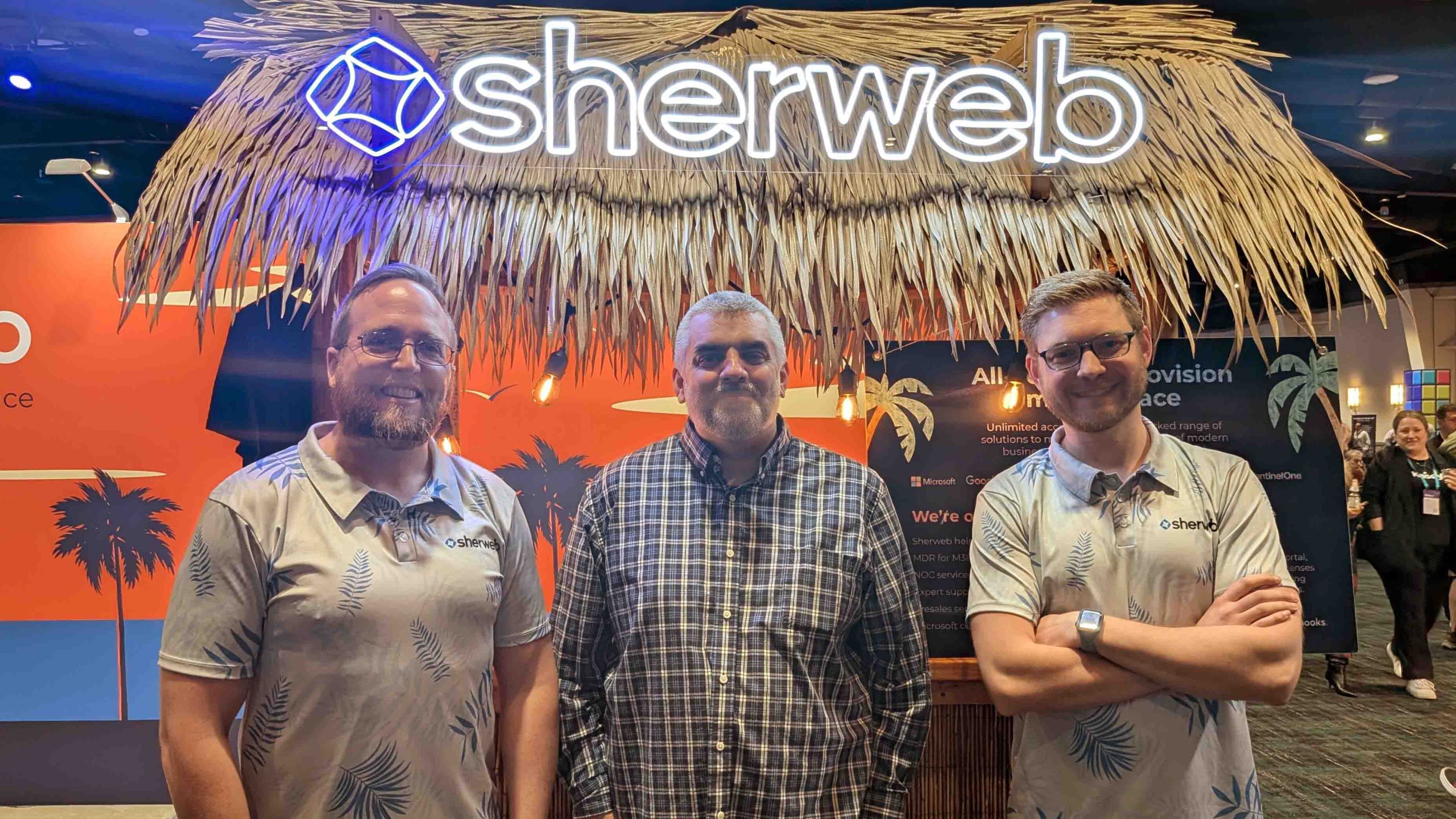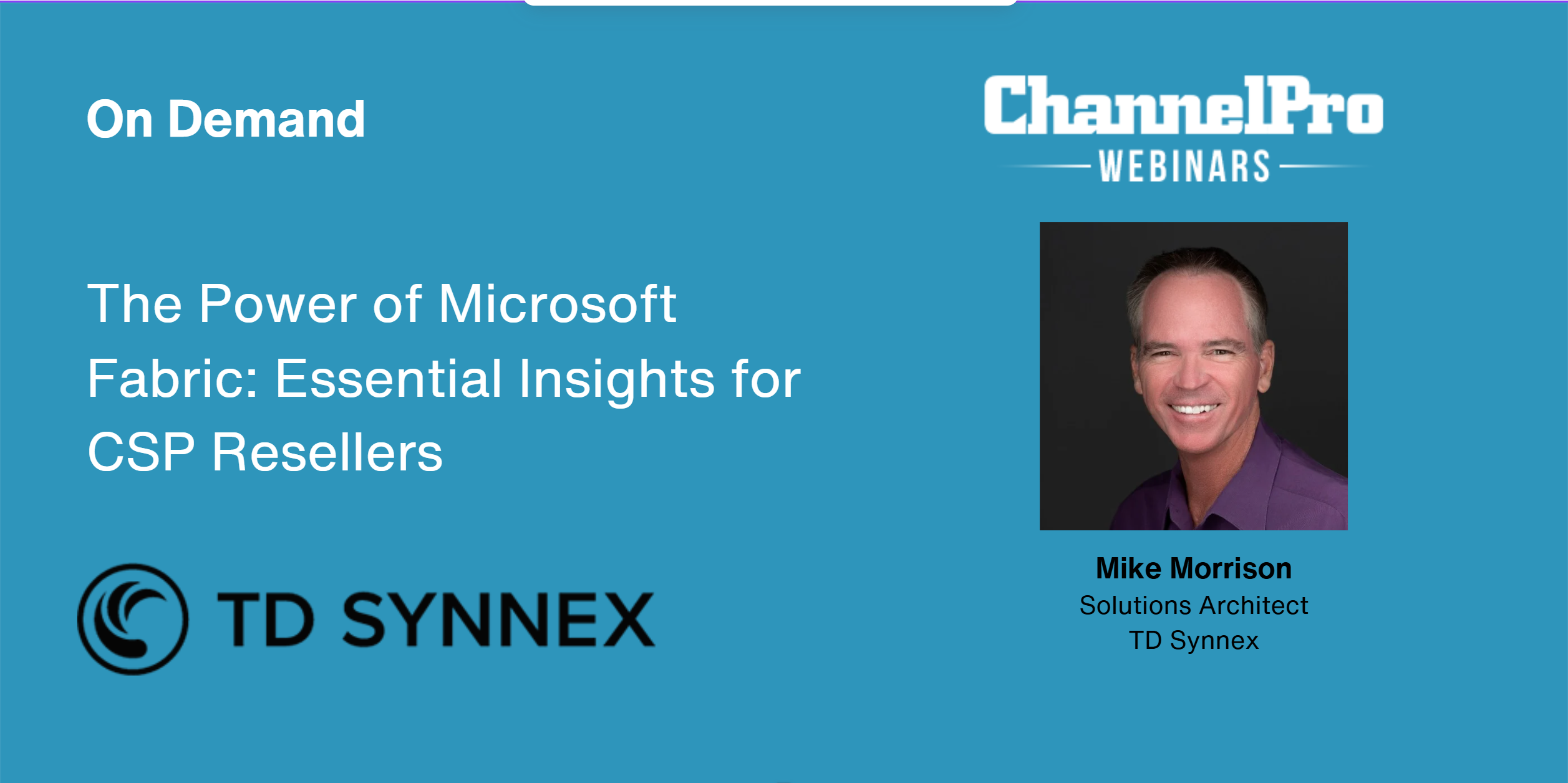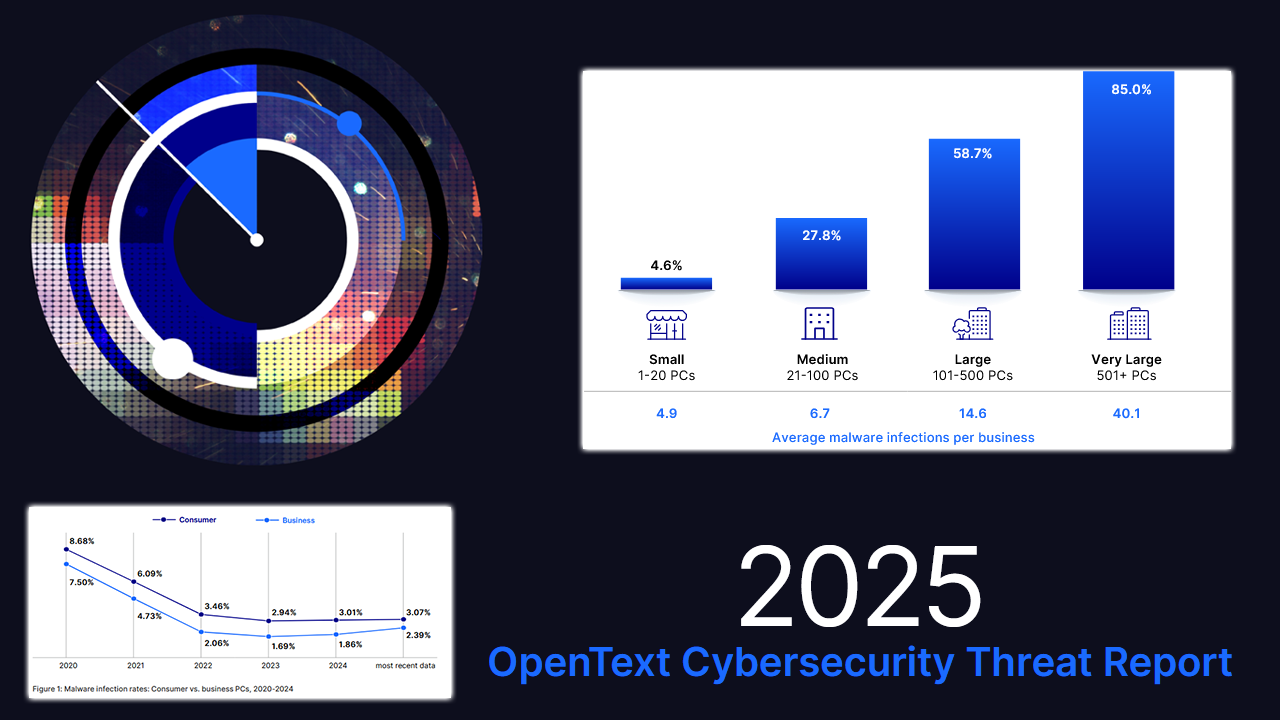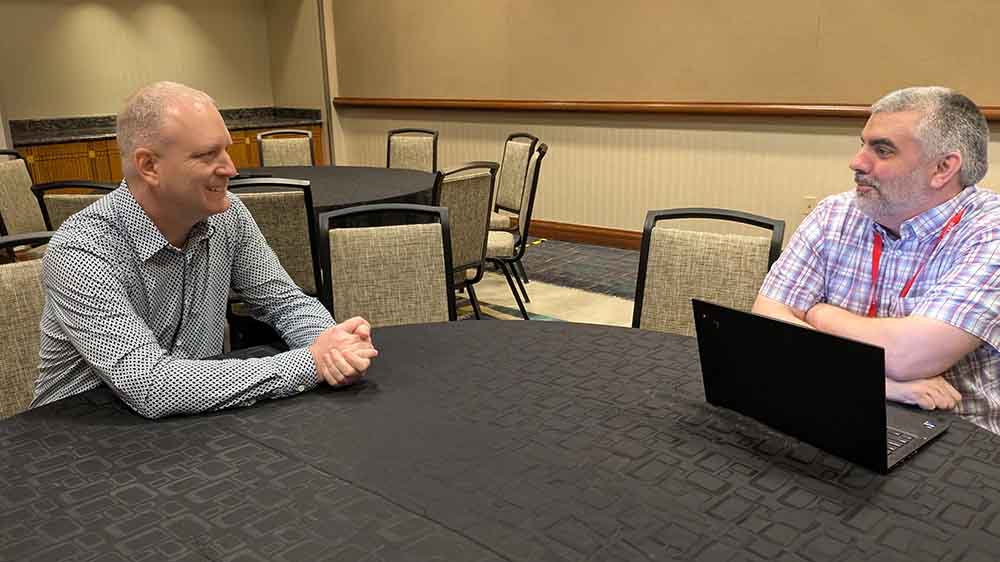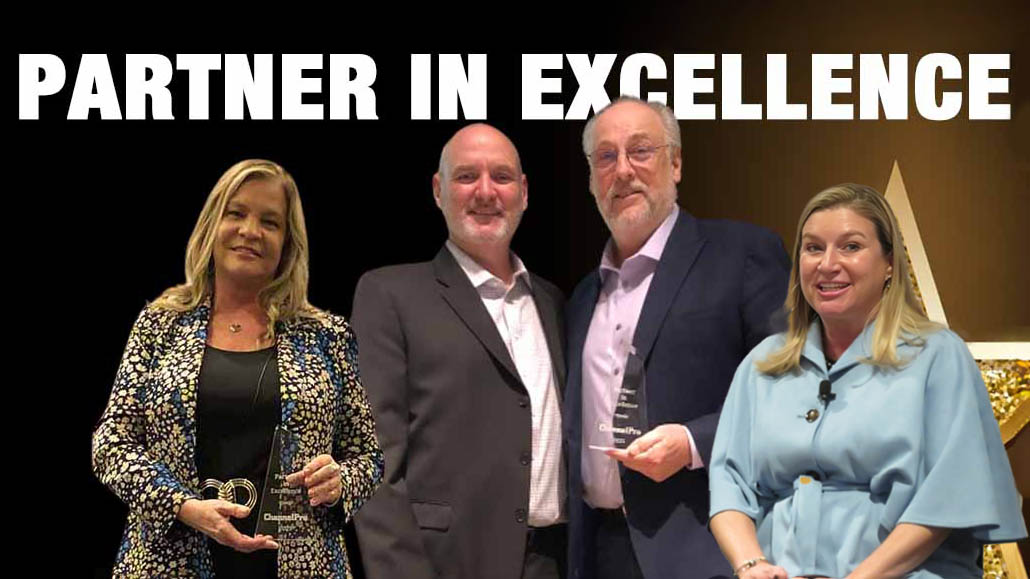At HIMSS ’11, Secretary of Health and Human Services Kathleen Sebelius and National Coordinator of Health IT Dr. David Blumenthal discuss the progress made in healthcare IT. Find out what IT service providers can expect from the healthcare†vertical in the future.
By Elaine J. Hom
 At the Healthcare Information and Management Systems Society (HIMSS) ’11 conference in Orlando today, Kathleen Sebelius, Secretary of Health and Human Services, emphasized what most attendees already knew – that healthcare IT’s presence has increased dramatically. In the past two years since the passing of the HITECH Act, physician usage of EHR has gone up from 20% to 30% and is bound to increase with the impending deadlines. While Sebelius was appointed under President Obama, she stressed that this is an issue for both Democrats and Republicans to face side by side.
At the Healthcare Information and Management Systems Society (HIMSS) ’11 conference in Orlando today, Kathleen Sebelius, Secretary of Health and Human Services, emphasized what most attendees already knew – that healthcare IT’s presence has increased dramatically. In the past two years since the passing of the HITECH Act, physician usage of EHR has gone up from 20% to 30% and is bound to increase with the impending deadlines. While Sebelius was appointed under President Obama, she stressed that this is an issue for both Democrats and Republicans to face side by side.
“Health IT is one of those things where both parties stand together,” she said. Former keynote speakers at HIMSS include Republicans George W. Bush and Newt Gingrich. In fact, Bush was one of the early proponents of electronic health records (EHR).
While much has been done, Sebelius warned the crowd of more than 30,000 attendees about the long road ahead. In terms of health IT adoption, “there’s already a gap between large urban hospitals and small rural ones,” she said. This is where the SMB channel opportunity lies, at the small rural hospitals. While large urban hospitals tend to have their own IT staffs, small rural hospitals, clinics, and physicians’ practices rely on IT service providers to help bring them up to speed.
“Eventually, we’ll see hospital after hospital clear out their file handwriting,” she said. “For future generations, jokes about doctors’ handwriting will be a thing of the past.”
Dr. David Blumenthal, National Coordinator of Health IT for the Department of Health and Human Services, greeted the crowd with hope and enthusiasm for what has been accomplished since the passage of HITECH. “Welcome to the age of meaningful use,” he said. “Welcome to the era of possibility.”
Blumenthal discussed three key elements to health IT – the incentive system, a national infrastructure designed to support the adoption of EHR, and to bring patient health information (PHI) to life to support patient health and the healthcare system. The third part is of particular interest to IT service providers, because this is sometimes where rural hospitals and physicians’ practices run into problems. Before PHI can be used, a secure network infrastructure must first be in place. This is an opportunity for those in networking and infrastructure, though don’t always expect to be implementing major upgrades.
Jim d’Itri, partner at CSC Healthcare Group, recently completed a healthcare IT adoption project with 28 rural hospitals in North Carolina. According to d’Itri, while the networks in place were out of date, fewer than 10 needed full major upgrades to the network infrastructure.
“They were doing things in a low-budget way,” d’Itri said. “Everyone can use upgrading, but they weren’t wholly inadequate. They clearly cut corners and weren’t necessarily industry-standard in terms of the technologies, but there’s a fine line you walk there between not-industry-standard to spend millions of dollars to get industry standard.”
According to d’Itri, the bigger problem was an underutilized application system due to physicians not wanting to use the technology. But fewer than 10 of the 28 hospitals is still about a third of the rural hospitals in this particular project – that is still a viable opportunity for networking service providers.
Either way, the channel opportunity here is large. Whether an IT service provider is called in to boost the existing network infrastructure or administer minor to major upgrades, or called in to consult on application efficiency, there are many small rural hospitals and physicians’ practices that need IT services. With incentive money boosting physicians’ desire to use the technology, the proper training from an IT service provider can help. If a physician is showed how the technology can help reduce errors and thus increase doctor efficiency, he or she is more likely to see the IT adoption as a useful tool rather than a burden.
According to Blumenthal, 21,300 providers have registered with the incentive program. Medicaid has paid 25 providers in four states more than $20 million, and the Medicare program starts making payments May 1, 2011. This is going to get the attention of healthcare providers, and they will start wondering how they can get their hands on some of that money for their organization – and this is where IT service providers will come in.
Business is likely to boom in the next few years for many healthcare IT consultants and service providers in this space, particularly before the 2014 meaningful use deadline. In anticipation of this, IT service providers with experience in the healthcare vertical should make sure that they have a strong grasp of meaningful use and have a plan to help clients achieve it.
“Meaningful use provides us a way to set expectations and goals, a blueprint for what info should be available, to whom and when, in support of an improved health care system and improved health,” Blumenthal said.
For more information on healthcare IT and the HITECH Act, check out our breakdown of the requirements and incentives.





